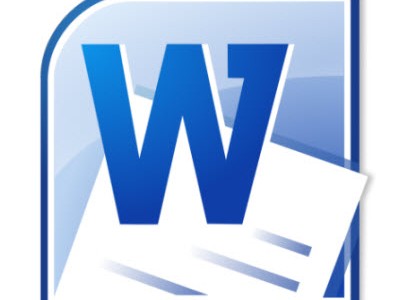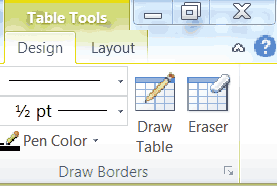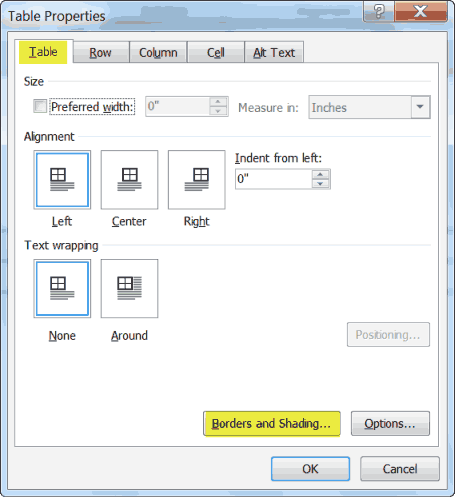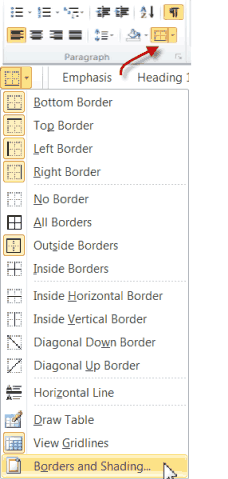Confederation declares Nationwide Agitational Programme – Demands including DA Merger and Interim Relief
Confederation publishes an organized series of agitational programme on
its portal toady including the burning issues DA Merger and Interim
Relief.
CONFEDERATION OF CENTRAL GOVT. EMPLOYEES & WORKERS
1st Floor, North Avenue PO Building, New Delhi – 110001
Website: WWW. Confederationhq.blogspot.com
Email: Confederationhq@yahoo.co.in
Ref: CIRCULAR No.18
Dated - 17.08.2014
To
All CHQ Officers Bearers
All Affiliated Organizations
All State C-O-Cs
Dear Comrades,
The National Sectt. of the Confederaton met at New Delhi on 11.08.2014
to consider the follow up action required in the matter of some of the
pressing issues on which Confederation had organized series of
agitational programmes prior to the commencement of the Election process
of the 16th Lok Sabha. The CHQ has received reports from various
affiliaties to the effect that they have all endorsed the common
memorandum, the Confederation had submitted to the 7th CPC. Most of the
affiliates have emailed copies of the respective memorandum to the CHQ.
Those who have not sent copies are requested to do so without further
loss of time. This will enable the Confederation to write to the 7th CPC
to provide an opportunity to these organisations to tender oral
evidence to explain and elucidate their submissions in the memorandum.
The meeting noted that there has been only negative response from the
Government on the issues of Interim Relief and merger of DA.
We have already sent to you a copy of our letter addressed to the
Seretary, Staff Side, JCM National Council, (Com. Shivgopal Mishra)
which is yet to be responded. The meeting considered the following
issues as important, the pursuance of which must not brook any delay,
especially in the background that the 7th CPC has formally written to
the Government asking it to indicate the course of action required to be
taken on the memorandum of the staff side on Interim Relief and marger
of DA.
CHARTER OF DEMANDS
1. Merger of DA with pay for all employees with effect from 01.01.2014 including Gramin Dak sewaks and pensioners.2. Grant of Interim Relief to all employees including Gramin Dak Sewaks and Pensioners.3. Inclusion of Gramind Dak sevaks under the purview of 7th Central pay Commission.4. Scrap PFRDA Act and grant of statutory pension to all.5. Date of effect of 7th CPC recommendations should be 01.01.2014.6. Regularisation and revision of wages of casual laboures and contract workers.7. Removal of 5% condition for compassionate appointments.8. Fill up al vacant posts and creation of new posts wherever justified.9. Stop downsizing, outsourcing, contractorisation and privatisation of Government functions.10. Grant Productivity linked Bonus to all without ceiling; compute Bonus as weighted average of PLB for those not covered by PLB agreement.11. Revise OTA and NDA and implement arbitration awards.
The meeting also considered the policy perception of the new Government
in the light of the administrative price hike in petroleum products, the
proposals in the Railway and General Budget, the steep hike in the
freight and passenger fares of Railways, the decision to hike FDI in
Defence Production, Railway Infrastructure and Insurance sectors,
disinvestment of public sector including nationalized banks and have
come to the inescapable conclusion that under Narendra Modi
dispensation, the neo-liberal policies, as expected, will only be
intensified and the promised “Achche Din” is for the Corporate giants of
the country. The last session of the Parliament witnessed the
determination of the NDA Government in changing the labour laws on the
lines of the enactment made by Rajasthan Government of Vasundhara Raje
Scindhia by virtue of which in almost 90% of the manufacturing units in
India, the employers are permitted to indulge in hire and fire policy,
for the existing regulations will be dispensed with.
The meeting came to the decision that the confederation must organise
serious and prolonged campaign, preferably in unison with the Railway
and Defence Federations. We will pursue our consultation with those
Federations to reach a common approach in the matter. Since it might
take some more time, the meeting decided to pursue the demands through a
demonstrative programme.
11th September 2014 – Submission of the Charter of Demands along with a
brief Note to all heads of offices by arranging demonstration in front
of all offices; the branch level/district/divisional/state level leaders
will explain the demands especially the memorandums on interim relief,
DA merger and GDS issues.
19th September 2014 – Dharna between 10 AM to 3 PM at all important state/districts/divisional centres.
25th September 2014 – Dharna between 10 AM to 3 PM at New Delhi with
participation of the leaders of all affiliates and the members working
in the city of Delhi (at a central place-to be decided by the
Confederation Delhi State committee).
Confederation office Bearers will meet again at Delhi on 26.09.2014, 5
PM to decide further course of action. Confederation will bring out
pamphlets and bulletins to explain various issues like minimum wage, DA,
Bonus, GDS problems etc. shortly as part of an education campaign. The
detailed campaign programe to be undertaken after Diwali festival will
be intimated later.
Comradely yours,
(M. Krishnan)
Secretary General
Source: http://confederationhq.blogspot.in/









